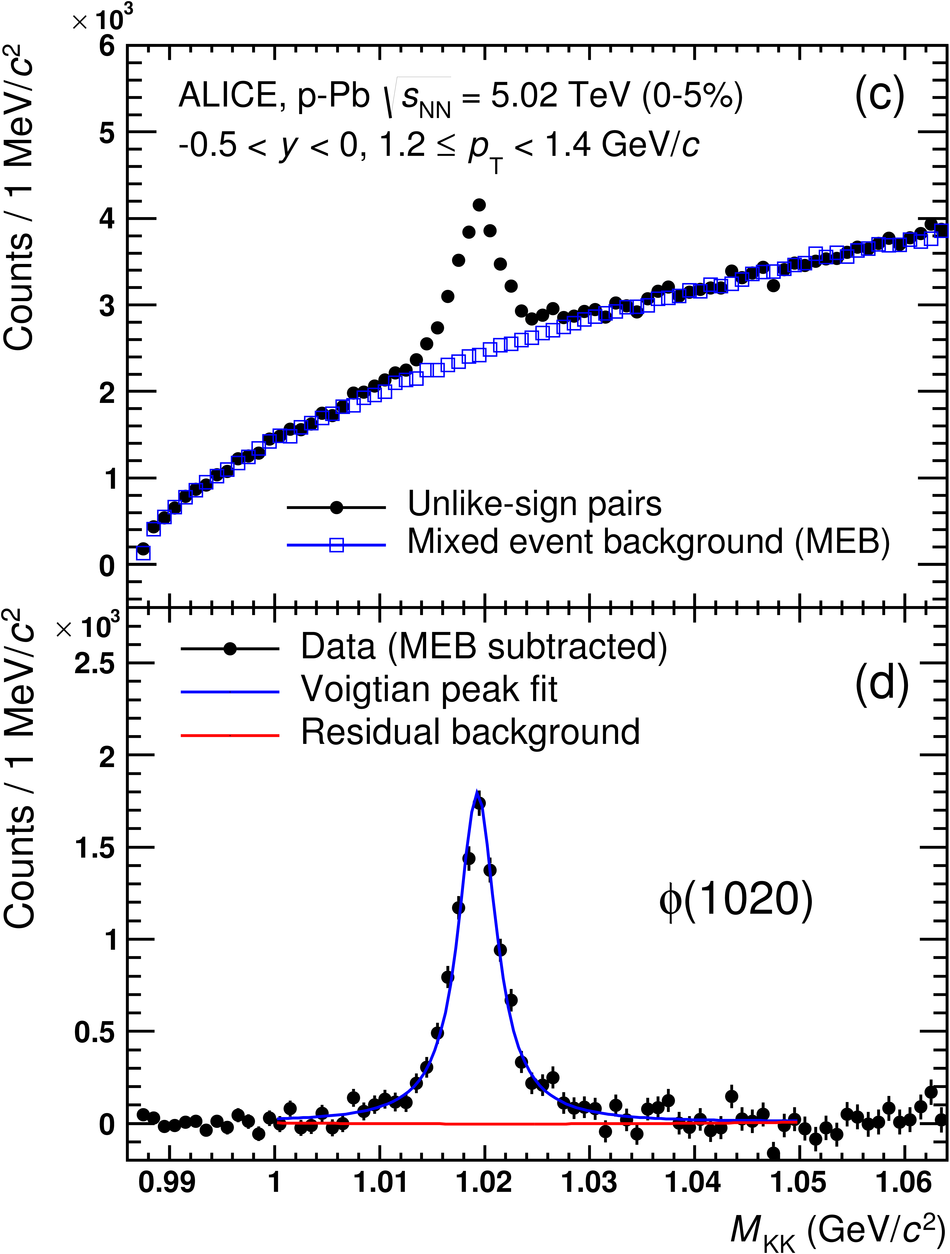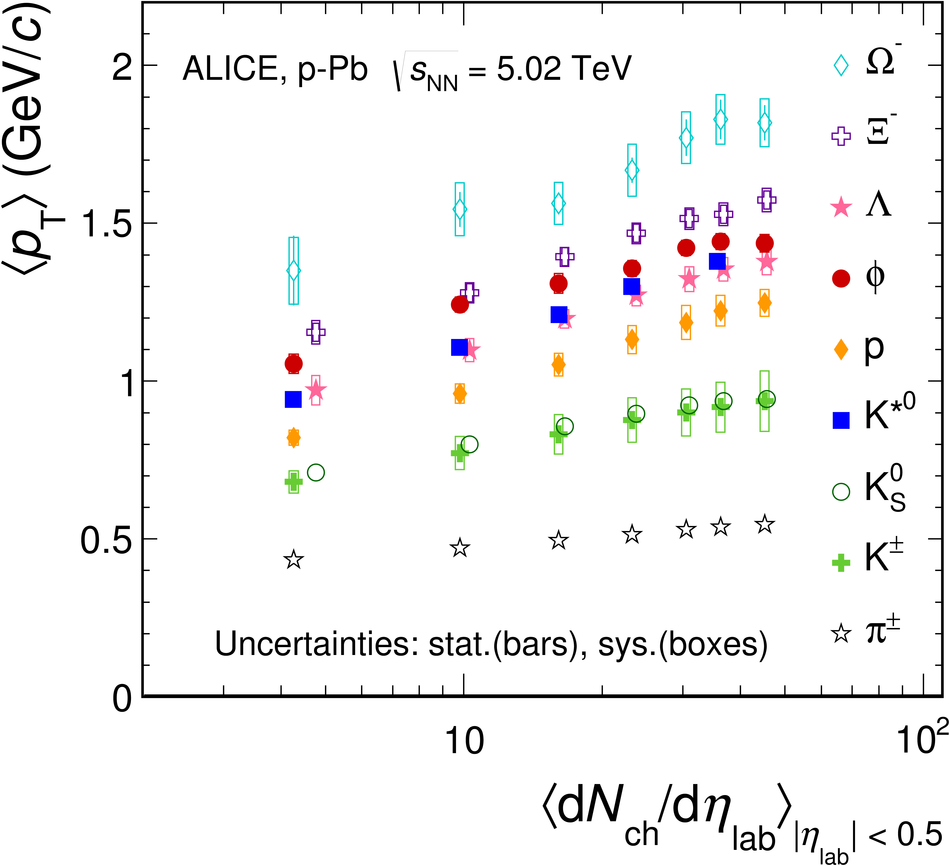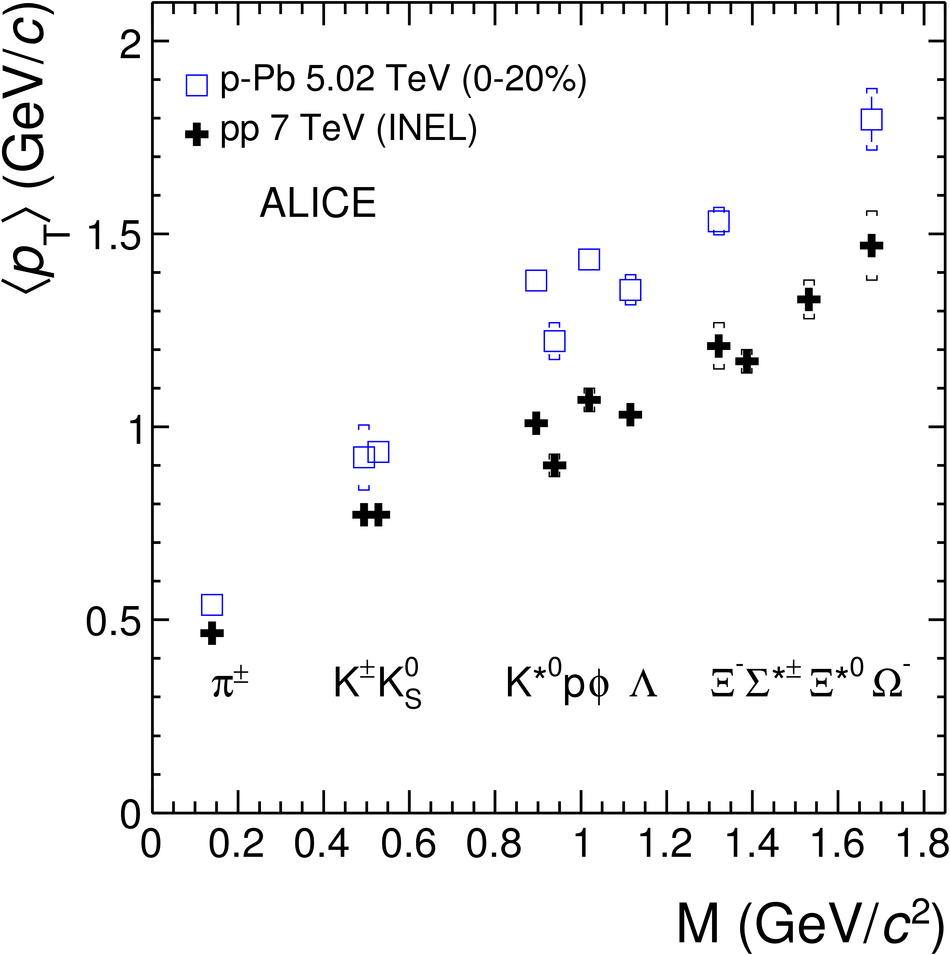The production of K$^{*}$(892)$^{0}$ and $\phi$(1020) mesons has been measured in p-Pb collisions at $\sqrt{s_{\mathrm{NN}}}$ = 5.02 TeV. K$^{*0}$ and $\phi$ are reconstructed via their decay into charged hadrons with the ALICE detector in the rapidity range $-0.5 <~ y <~0$. The transverse momentum spectra, measured as a function of the multiplicity, have p$_{\mathrm{T}}$ range from 0 to 15 GeV/$c$ for K$^{*0}$ and from 0.3 to 21 GeV/$c$ for $\phi$. Integrated yields, mean transverse momenta and particle ratios are reported and compared with results in pp collisions at $\sqrt{s}$ = 7 TeV and Pb-Pb collisions at $\sqrt{s_{\mathrm{NN}}}$ = 2.76 TeV. In Pb-Pb and p-Pb collisions, K$^{*0}$ and $\phi$ probe the hadronic phase of the system and contribute to the study of particle formation mechanisms by comparison with other identified hadrons. For this purpose, the mean transverse momenta and the differential proton-to-$\phi$ ratio are discussed as a function of the multiplicity of the event. The short-lived K$^{*0}$ is measured to investigate re-scattering effects, believed to be related to the size of the system and to the lifetime of the hadronic phase.
Eur. Phys. J. C 76 (2016) 245
HEP Data
e-Print: arXiv:1601.07868 | PDF | inSPIRE
CERN-PH-EP-2015-326











